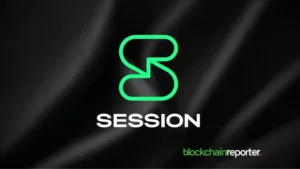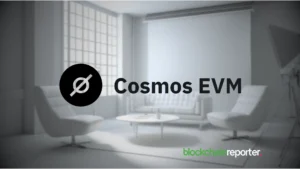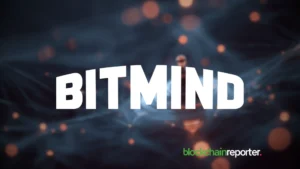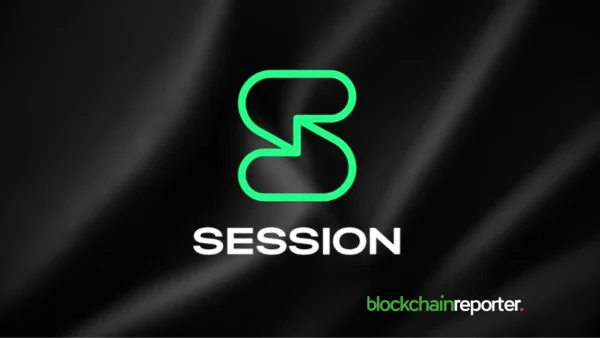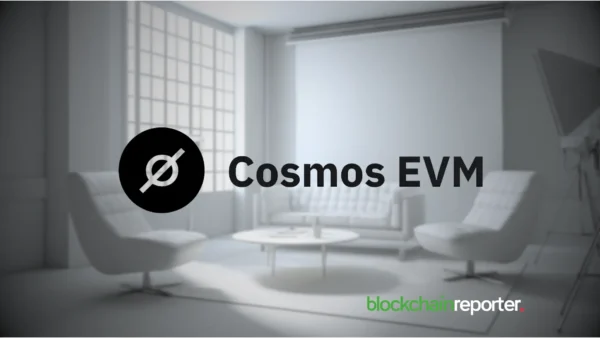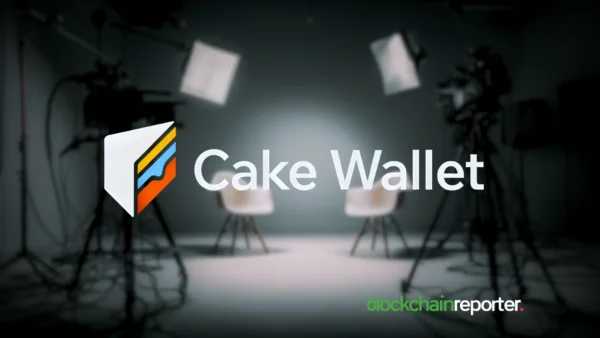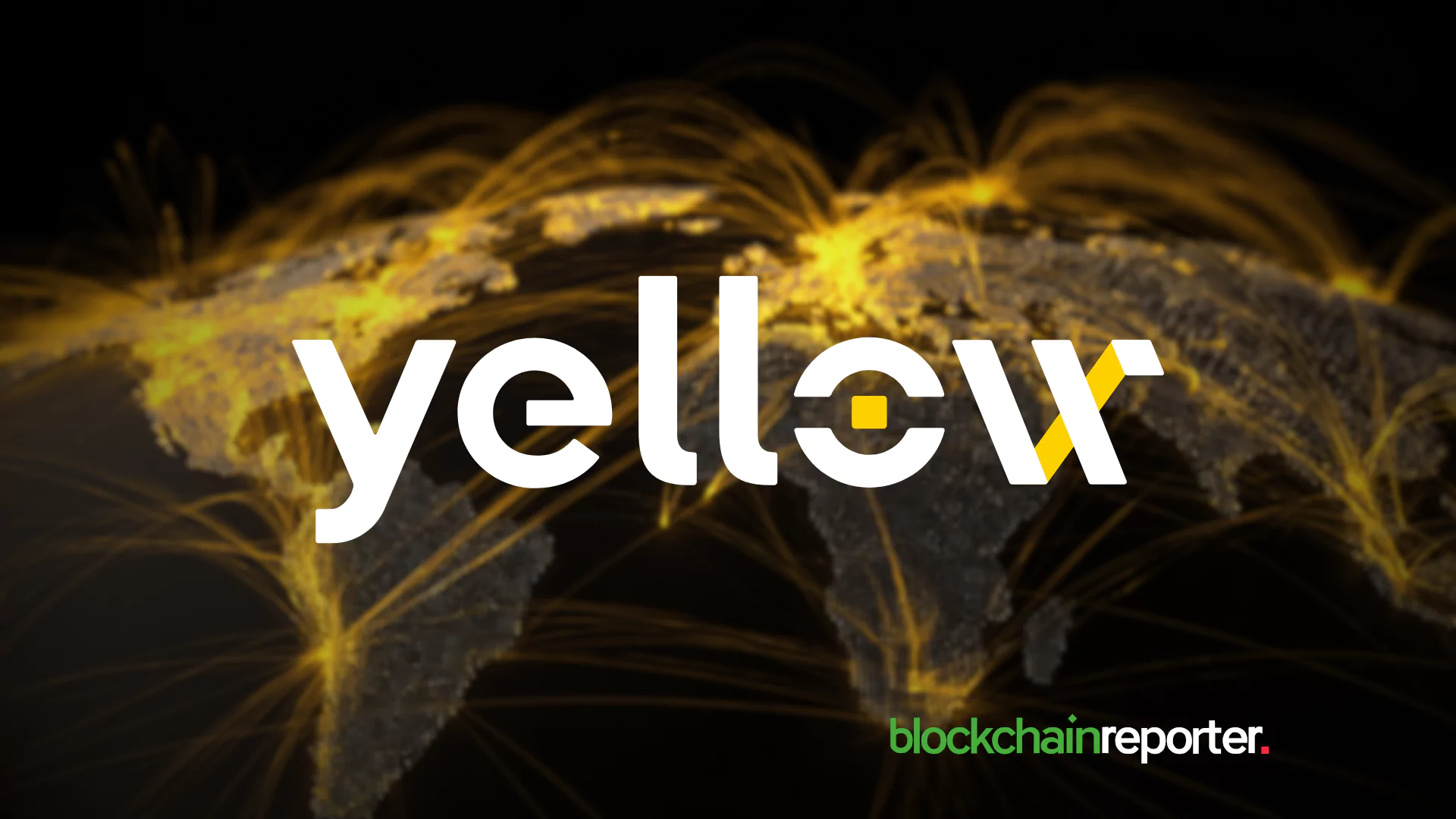
- 1. Q1: What motivated Yellow Network to choose the Regulation D process for fundraising in the US?
- 2. Q2: How does the Regulation D process align with Yellow’s commitment to decentralization and compliance?
- 3. Q3: What specific benefits does Regulation D provide to US investors compared to other methods?
- 4. Q4: How does Regulation D enhance transparency and trust for Yellow’s potential investors?
- 5. Q5: How does Yellow plan to balance innovation and regulatory compliance while following the Regulation D framework?
- 6. Q6: What role does Regulation D play in opening up investment opportunities for institutional and retail investors in the US?
- 7. Q7: Why is the US market critical for Yellow, and how does Regulation D fit into its broader market strategy?
- 8. Q8: How does Regulation D ensure investor protection within the rapidly evolving crypto market?
- 9. Q9: Do you see Yellow’s approach to Regulation D as a model for other DeFi projects entering the US market? Why?
- 10. Q10: What is Yellow’s perspective on the future of crypto regulations in the US?
- 11. Q11: Beyond Regulation D, what other steps is Yellow taking to ensure regulatory alignment while fostering global growth and investor confidence in additional territories?
Q1: What motivated Yellow Network to choose the Regulation D process for fundraising in the US?
The decision to pursue Regulation D reflects our fundamental belief that proper regulatory compliance isn’t optional, but an essential part of running a serious crypto business. We’ve seen too many projects try to sidestep proper regulations through minimal compliance. As I’ve said before, the era of minimal regulatory compliance is ending. Regulation D provides the robust framework needed for serious projects looking to build legitimate infrastructure in the US market.

Q2: How does the Regulation D process align with Yellow’s commitment to decentralization and compliance?
There’s a persistent myth in crypto that decentralisation and robust regulation are somehow incompatible and that’s just not true. Through Yellow Network’s state channel technology and smart clearing protocol that utilizes chain and account abstraction, we’re demonstrating that you can build decentralised infrastructure while adhering to frameworks. Regulation D represents our commitment to proper implementation rather than taking short-sighted shortcuts.
Q3: What specific benefits does Regulation D provide to US investors compared to other methods?
Regulation D provides US investors with important protections and transparency while allowing them to participate in innovative blockchain infrastructure. For qualified investors, it offers a compliant way to engage with our ecosystem, backed by proper disclosures and regulatory oversight. This structure helps ensure that investors fully understand both the opportunities and risks associated with their investment. These protections serve as fundamental guardrails for investor interests.
Q4: How does Regulation D enhance transparency and trust for Yellow’s potential investors?
Regulation D’s disclosure requirements align perfectly with our commitment to transparency. We’re building a decentralised clearing infrastructure that aims to reduce market fragmentation and enhance efficiency. The detailed disclosures required under Reg D help investors understand our technology, business model, and risk factors. This transparency is crucial for building long-term trust with our stakeholders.
Q5: How does Yellow plan to balance innovation and regulatory compliance while following the Regulation D framework?
Innovation isn’t about finding clever ways around regulation, but about building better infrastructure within proper regulatory frameworks. The two shouldn’t be seen as mutually exclusive. Yellow Network’s technology represents significant innovations in cross-chain trading, while Regulation D provides the regulatory framework that makes investing in these innovations accessible to US investors. We’re demonstrating that it’s possible to push the boundaries of blockchain technology while maintaining strict regulatory compliance.
Q6: What role does Regulation D play in opening up investment opportunities for institutional and retail investors in the US?
In my view, Regulation D serves as a crucial bridge between traditional finance and the digital asset space. It provides a well-established framework that allows qualified US investors to participate in innovative blockchain projects while maintaining important investor protections. For institutional investors, it offers a familiar and compliant path to engage with cryptocurrency markets, which is essential for broader adoption.
The framework also helps us maintain high standards of transparency and disclosure, which are particularly important given Yellow Network’s role in democratising access to digital asset trading infrastructure. By operating within the Regulation D framework, we can offer opportunities to qualified investors while building trust in the digital asset ecosystem through proper regulatory oversight.
Q7: Why is the US market critical for Yellow, and how does Regulation D fit into its broader market strategy?
The US represents one of the world’s largest and most sophisticated financial markets, with deep pools of institutional capital and advanced market infrastructure. As we build out our network of brokers, exchanges and market makers, engaging with US institutional participants is crucial to achieving our goal of 1,000+ global participants by 2025.
Regulation D provides the regulatory clarity needed to engage with US investors effectively, while also aligning with our broader strategy of building institutional-grade infrastructure for digital asset trading.
Q8: How does Regulation D ensure investor protection within the rapidly evolving crypto market?
Regulation D provides crucial investor protections through its qualification requirements and mandatory disclosure framework. It ensures that investors meet specific financial thresholds and have the expertise to evaluate investment risks, while requiring issuers to provide comprehensive information about their offerings, business model and risk factors. These requirements are particularly important in the crypto market, where technological complexity, market volatility and opaqueness from offerors have historically presented significant risks to investors.
Q9: Do you see Yellow’s approach to Regulation D as a model for other DeFi projects entering the US market? Why?
Our approach to Regulation D reflects our broader philosophy of building compliant, institutional-grade infrastructure for digital asset trading. We believe our model demonstrates how projects can innovate while working within established regulatory frameworks.
What makes our approach particularly relevant is that we’ve designed our infrastructure to support both decentralised technology and regulatory compliance from the ground up. Our smart clearing protocol and broker-dealer model demonstrate that decentralisation and regulatory compliance can coexist effectively. This could serve as a blueprint for other projects looking to enter and establish themselves in the US in a compliant manner
Q10: What is Yellow’s perspective on the future of crypto regulations in the US?
Based on recent developments in the regulatory landscape, we see significant changes ahead for crypto regulation in the US. With the likely transition from ‘regulation by enforcement’ to a more structured framework, we anticipate a more balanced approach that both protects investors and fosters innovation. The appointment of pro-crypto leadership at key regulatory agencies signals a potential shift toward greater regulatory clarity while maintaining necessary safeguards.
Our platform has been designed with regulatory compliance in mind. We’ve seen how the current fragmented regulatory environment has impacted market efficiency and business operations. The SEC’s intensified focus on crypto cases in 2023, with 46 enforcement actions resulting in $281 million in penalties, highlights the need for clearer guidelines. At Yellow Network, we believe future regulations should focus on providing a clear framework for crypto businesses while maintaining robust consumer protections and market integrity.
Q11: Beyond Regulation D, what other steps is Yellow taking to ensure regulatory alignment while fostering global growth and investor confidence in additional territories?
The merger of Yellow with Openware, which has deployed over 150 trading platforms globally, gives us unique insights into regulatory requirements across different jurisdictions. Openware brings ten years of experience servicing European retail banks and a deep understanding of financial compliance, which we’ve integrated into our infrastructure design.
This foundation allows us to implement a clear separation of responsibilities through our broker-dealer model, addressing the regulatory concerns that arise when exchanges try to act as marketplaces, custodians, and market makers simultaneously. Each broker can operate within their local regulatory framework while accessing global liquidity through our network, supported by automated risk management and settlement processes that align with regulatory expectations worldwide.
Our goal of having 1,000+ participants operating globally by 2025 is underpinned by this commitment to regulatory compliance across all territories.

